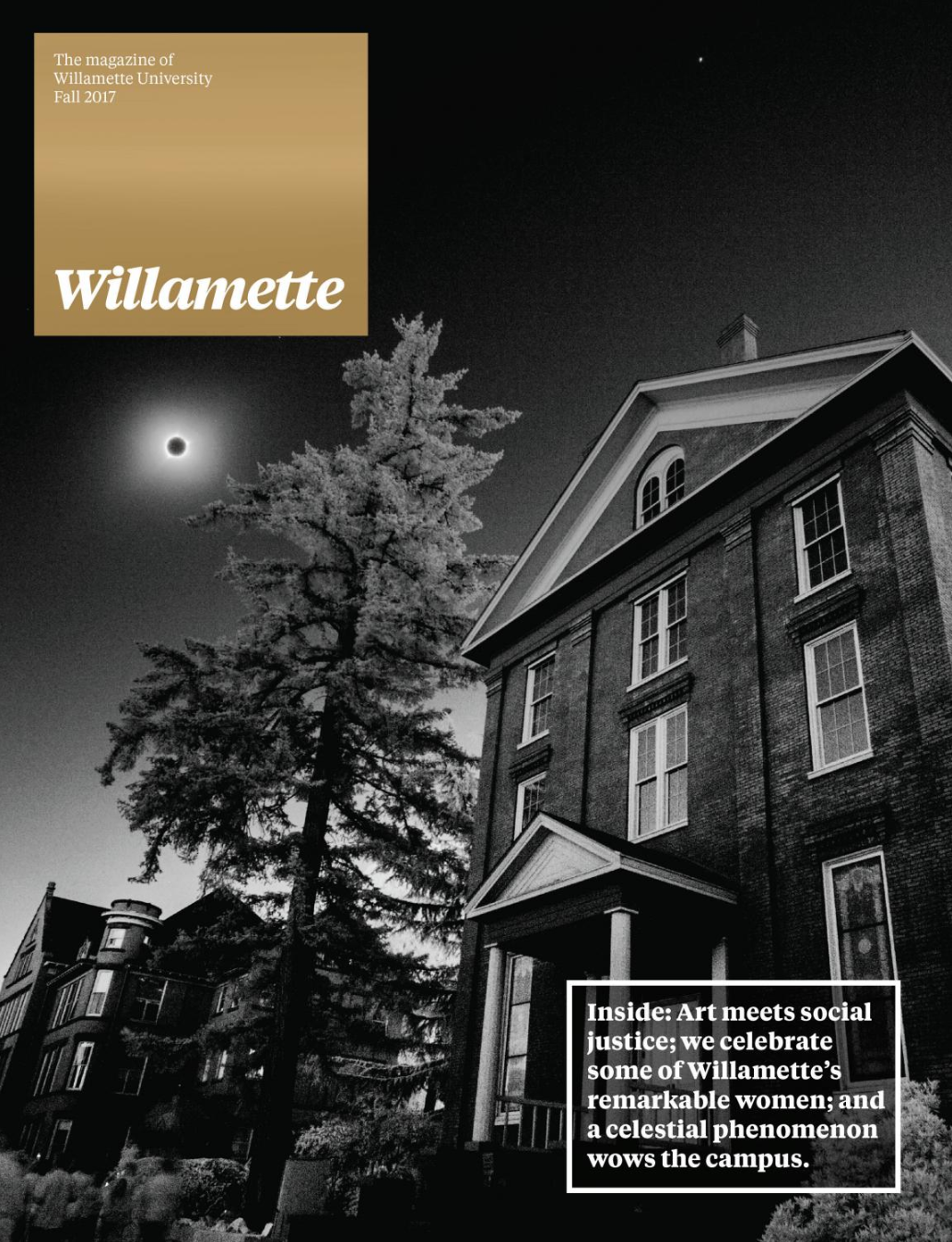Moments before being interviewed live, on-air with MSNBC’s Chuck Todd, presidential candidate and Washington Governor Jay Inslee JD’76 turns to his campaign communications director, Jamal Raad ’08, for advice about one of his talking points.
“Is there value in offering a response to the issue of polling?” asked Inslee.
“If I was focused on polls, I wouldn’t run on climate change,” Raad suggested. “We’re running because we feel deeply that the president needs to make this issue a priority.”
Gov. Inslee isn’t the first Bearcat presidential candidate Raad served. As a student, Raad led a successful ASWU presidential campaign for his college roommate, Louis Pappas ’08.
Exploratory
Pappas and Raad connected early on, both running for ASWU seats as first-year students. “We got to campus, unpacked, and both started putting up posters,” said Pappas. They won the election and formed a lifelong friendship that would take them and their senior housemates to Washington, D.C., and to the White House.
“For the first time, I met folks that really shared my core values and outlook on the world,” said Raad.
One rhetoric professor, in particular, made an impact on Raad and his housemates: Nathaniel “Nacho” Cordova. “My advisor, Nacho, would challenge you to think deeply about text and how to absorb complicated concepts,” said Raad.
By the time Raad finished his junior year, he’d worked on his own ASWU campaign and two others’ as he and his housemates considered internship opportunities. “We always talked politics,” said Matt Read ’08, a rhetoric and politics major who lived with Raad and Pappas.
The house would become the group’s think tank of sorts, and Raad’s advisor, Cordova, would stop by for dinner. “I remember how much of an impact Nacho had on me and Jamal,” said Read. “I got smarter by virtue of trying to keep up with them.”
Read had served as a legislative intern for then state representative — now Oregon Treasurer — Tobias Read ’96 (no relation). Through Read’s internship, Raad heard about Oregon’s speaker of the house, Jeff Merkley, who was trying to unseat the state’s incumbent U.S. Senator. Raad contacted the campaign office to ask about an internship but got no reply. So he contacted them again. Raad’s persistence paid off, and he became the first intern on Merkley’s campaign.
Primary
After graduation, Merkley hired Raad, who’d spent most of his senior year working in Portland on the campaign. Pappas became a field organizer in Ohio for the Obama campaign, and Read joined him as a volunteer. Another roommate, Josh Heath-Riggs ’08, would follow soon after.
When visiting his senior housemates shortly after Obama’s inauguration, Heath-Riggs decided to stay and later joined Raad as the Merkley campaign’s research director. Now he puts those skills to work for Sen. Ron Wyden as an investigator on the Senate Finance Committee, where he is responsible for vetting appointees in key financial and policymaking positions.
“We were all here because we wanted to do what we could to make things better,” said Heath-Riggs.
Pappas, Raad and Read with Pappas’ sister at Barack Obama’s inauguration
At the same time, Pappas landed a position with the Obama administration’s Office of Management and Budget before transitioning to the Office of the White House Counsel as a senior legal assistant.
“I don’t think anyone meeting us as freshman would imagine one of us staffing a governor, senator or the president,” said Pappas. “Knowing that Jamal was doing it and knowing how that world works inspired me to get involved.”
Raad would serve on Sen. Merkley’s team through his 2014 reelection, eventually becoming Merkley’s press secretary and new media director.
“Jamal is family. He played critical roles on my campaigns and Senate team, taking extensive initiative to propose and implement new strategies and ideas,” said the senator. “His contributions reflect creative professional competence. But more than that, Jamal works and lives with enormous heart."
After Merkley’s 2014 reelection, Raad would head home to the Seattle, where he became the communications director for the Washington State Democratic Party — and where he met Gov. Inslee.
The general
On March 1, Inslee announced his presidential candidacy, focusing on climate change. “We’re the first generation that feels the sting of climate change, and we’re the last that can do something about it,” he said in his launch video.
Raad agrees. “Climate change is the existential crisis of our time,” he said. “Willamette is where I developed a sense of the environment and that climate change is happening in a real and significant way,” said Raad. “I felt a sense of responsibility to act.”
“Not unto ourselves alone are we born — it reflects the idea that you benefited from others and have a responsibility to do something in return,” said Raad.
As Inslee’s campaign communications director, Raad is happy with how the campaign’s unfolded. Rolling Stone, The New York Times, Los Angeles Times, and broadcast media of all stripes have taken note. The Onion’s even written several times about Inslee, prompting a response from the candidate:
Jokes aside, Raad and Inslee have serious plans for the White House. “Our mission is the wholesale mobilization of the federal government to engage with climate change,” said Raad.
“I don’t know whether Jamal’s tremendous creative ability and insightful strategic thought comes just from native talent or is a product of a world class Willamette education,” said Inslee. “I have been in public life for 30 years and rank him in the top echelon of political thinkers. And it’s fun to work with a fellow Bearcat!"
“It's a tremendous privilege to be involved,” said Raad. “The governor talks about how we can be the heroes in this effort. That inspires me to get to work every morning.”











